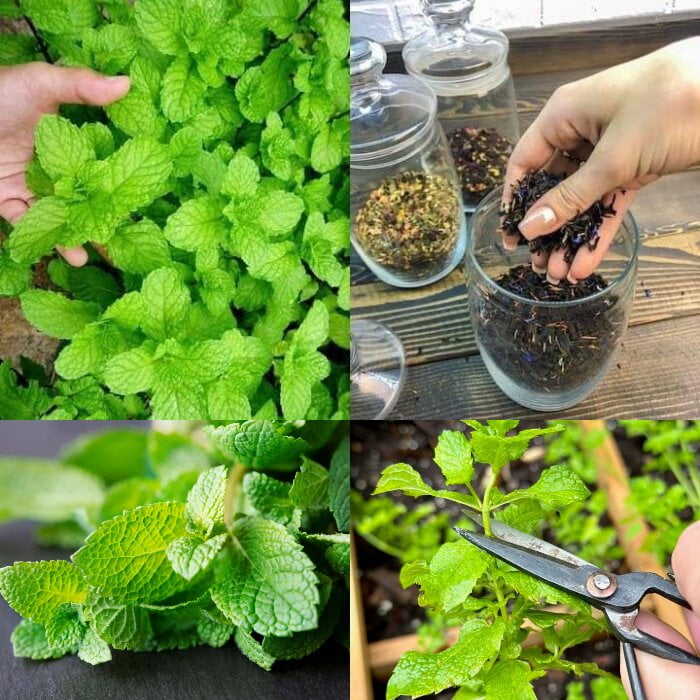Mint is not just a delightful addition to your culinary creations but also a rewarding plant to cultivate at home. Whether you’re wondering how to grow mint from seeds, cuttings, or even in water, this guide has you covered. Growing mint is a versatile process, allowing for successful cultivation both indoors and outdoors. By understanding the specific needs of mint in various settings, you’ll be able to enjoy its fresh, aromatic leaves year-round. Read on to discover the best methods and tips for growing mint, ensuring you can maximize its flavor and fragrance no matter where you choose to plant it.
How to Grow Mint from Seed
Mint is a versatile herb that can enhance a variety of dishes with its fresh flavor. Growing mint from seed might seem challenging, but with the right approach, you can cultivate a thriving mint plant. Here’s a comprehensive guide to help you get started.
Germination Challenges and Timing
Mint seeds can be a bit tricky to germinate, often requiring controlled conditions to sprout successfully. Typically, seeds are sown in spring when temperatures are milder. However, in warmer climates, you can also sow them in autumn. This flexibility allows you to start your mint garden at the optimal time for your region.
Seed Sowing Process
To begin, sprinkle the mint seeds evenly over the surface of a high-quality potting mix. Gently press down to ensure good seed-to-soil contact, but avoid covering the seeds with too much additional soil. Mint seeds need light to germinate, so placing the container in a bright, indirect light spot is essential.
Light and Watering Needs
Mint seeds require light for germination, so positioning your container in a well-lit area is crucial. Keep the soil consistently moist but not waterlogged. Regular watering is important until the seeds germinate, which typically occurs within 10 to 14 days.
Transplanting Seedlings
Once your seedlings reach 5 to 10 cm (2 to 4 inches) in height and have developed at least a pair of true leaves, it’s time to transplant them. You can either move them into individual pots or plant them 30 cm (12 inches) apart in the garden, where their roots can spread out comfortably.
Sunlight and Watering Needs
Mint thrives in a spot that receives at least three hours of full sun per day. In hotter climates, partial shade can be beneficial. Mint plants enjoy consistent moisture, so make sure to water them regularly. They do not tolerate prolonged dry periods.
How to Grow Mint from Cuttings
Mint is known for its vigorous growth, making it easy to propagate from cuttings. Follow these steps to successfully grow new mint plants from cuttings.
Best Time for Cuttings
The ideal time to take mint cuttings is in spring when the plant is actively growing and producing fresh foliage. However, you can also propagate mint in autumn and winter by taking root cuttings if desired.
Preparing Cuttings
Select healthy, top-growth stems about 8 cm (3 inches) long. Remove the lower leaves and make a cut just below the leaf node, which is where the leaves emerge from the stem. This node is where the new roots will develop.
Rooting in Water
Place the prepared cuttings in a glass of water, ensuring that the lower nodes are submerged. Position the glass in a light, airy location, but avoid direct sunlight. The cuttings will begin to root within a couple of weeks.
Potting and Initial Care
Once a robust root system has formed, pot the cuttings into a container filled with good-quality, peat-free compost. Firm the compost around the stems and water thoroughly. For the first week, keep the pot indoors and ensure the compost remains moist. Trim the top growth of the stems to reduce water loss and encourage new growth.
Final Transplant
After the new plants have established themselves, you can transplant them into their final growing positions. Whether you’re moving them to an outdoor garden or a larger indoor container, ensure they are well-situated to thrive.


